A young monk cleans a Buddha statue, preparing for Tet. Photo: Le Van Hai
Chol Chnam Thmay is the traditional Khmer New Year festival, which usually lasts for three to four days in mid-April. During these days, there are mainly three main rituals: the great calendar procession, the sand mountain building, and the Buddha and monk bathing. Of these, the great calendar procession is considered the most sacred and important.
Before talking about the ritual and the story of the great calendar, let me briefly introduce the Khmer calendar. According to the Khmer lunar calendar, a year has 12 months, Meakase month (January) has 29 days, Pos month (February) has 30 days... and so on, alternating odd and even until Kadak month (December) has 30 days.
Thus, according to the traditional calendar of the Khmer people, a year has 354 days, each month has an average of 29 days and 1/2 day of the following month. The Khmer people do not celebrate Tet in January like other ethnic groups, but celebrate Tet in the month of Chett (May), equivalent to the period from April 13-16 of the solar calendar.
The first reason is that the lunar cycle is in this month, the second is that Chett has finished harvesting, everyone is not busy with farm work. Besides, this is the time of the dry season, the village is clean, suitable for everyone to have fun, live and rest.
Khmer people come to Khedol pagoda to make offerings. Photo: Nguyen Minh Thien
The great calendar in Khmer is called Moha Sankran (មហាសង្ក្រាន្ត). This is a traditional calendar compiled by the Ho Ra (Astrologers) for use in a year. The great calendar clearly records the days, months and times of all festivals, rain and sunshine, good and bad omens in a year. Khmer people rely on the great calendar to celebrate New Year's Eve, New Year's Eve and to predict good and bad luck in the year.
If Chnam is calculated according to the movement of the sun and marks the beginning of the new year, then Chol is calculated according to the movement of the moon and marks the change of the 12 zodiac animals in a cycle.
Based on the calculations of the Ho Ra in the great calendar, in 2023, the New Year's Eve will take place at 4:00 p.m. on April 14, which is the year 2567 of the Buddhist calendar. April 14 is a Friday, so Avalokiteshvara [Tevoda Roksamonusslok - ទេវតារក្សាមនុស្សលោក] of the year Thos [ឆ្នាំថោះ - year of the rabbit] will be the sixth daughter of Great Brahma [Pres Moha Prum - ព្រះមហាព្រហ្ម], her name is Kemira Têvy [កិមិរាទេវ] sat on the back of a white cow to rule the world.
To explain this cultural ritual, the Khmer people have a story about Prince Dhammabal Palakumar and the Four-Faced God - Dai Pham Thien as follows: "Once upon a time, there was a prince named Dhammabal Palakumar who was extremely intelligent and could answer all questions.
When Maha Brahma heard this, he became very angry. One day, he appeared before Dhammabal Palakumar and asked him three extremely difficult questions, “Where can one find happiness in the morning, in the afternoon and in the evening?” Maha Brahma said that if the prince could not answer, he would be beheaded; if he could answer, Maha Brahma would be beheaded himself.
Dhammabal Palakumar was very sad after hearing this and went into the forest. Suddenly, he heard two eagles talking to each other, “In the morning happiness is on the face, in the afternoon it is on the body and in the evening it is on the feet”. This is the origin of the Khmer custom of using scented water to wash the face in the morning, bathe the body in the afternoon and wash the feet in the evening on New Year’s Day.
The prince returned and confronted Dai Pham Thien with that answer, so he gave up and had to cut off his own head. Dai Pham Thien had seven daughters, after cutting off his own head, he gave it to the first daughter to put in the tower, from then on, once a year, on this day, his seven daughters descended to earth, entered the tower and carried their father's four-faced skull to Tudi mountain, following the direction of the sun around the foot of the mountain three times. Each year, one girl carried it once, in order corresponding to each day of the week. The day the skull was carried was the day of peace in the world, it was also the first day of the Khmer New Year.
The seven daughters of Brahma, in order from eldest to youngest, are named as follows: Tungsa Tevy (eldest); Khorakhă Tevy (2); Riakhayasa Tevy (3); Monthia Tevy (4); Kerenay Tevy (5); Kemira Tevy (6) and Mahathăria (7).
Each year, New Year's Eve falls on a day corresponding to the order in which the daughter of the god Maha Prum descends to earth to assume the role of Quan The Thien. This year (2023), New Year's Eve falls on a Friday, so Quan The Thien is the fairy Kemira Tevy. Accompanying Quan The Thien to earth are the Heavenly Venerables of the Jade Emperor Indra.
These Celestial Beings are changed every year according to the 12 zodiac animals in a period. When coming to earth, the Celestial Beings ride different animals, dress, eat, and use different magical weapons each year. The Khmer Ho Ra rely on the temperament and eating habits, dress, and use of magical weapons of Quan The Thien and the Celestial Beings to predict the good and bad omens of the year to have direction to calculate for the future period of the new year.
Khmer people go to Khedol Pagoda to worship Buddha during Chol Chnam Thmay. Photo: Le Van Hai
To prepare for the great calendar procession, in the late afternoon, Khmer people bathe and change into traditional clothes, put on makeup, then bring incense and candles to the pagoda to perform the new Moha Sankran calendar procession.
At the temple yard, under the guidance of the Kru Achar (the village's chief celebrant), people lined up in rows of fours and fives. When the drums sounded, the group began to circle the main hall three times to show respect to the Buddha and welcome the new year to the gods.
Then, Kru Achar carried the offering tray on his head (including the Great Calendar, baisay, slathor, incense, lights, fruits...) and everyone went into the main hall so that the head monk could receive the Great Calendar, place it on the altar, chant sutras to welcome Quan The Thien of the new year and chant sutras to pray for peace for all the villagers...
For families who cannot attend the grand calendar procession at the pagoda, they can perform the New Year's Eve ceremony at their home. Khmer people often hold the ceremony in front of their house with a tray of offerings including a grand calendar, a pair of baisay, a pair of slathor, scented water, incense, candles, popped rice, fruits, cakes, etc. At the moment of New Year's Eve, the sound of the temple drum sounds, the whole family gathers at the place of worship, lights incense, has a pure heart, and performs the ceremony of welcoming the gods at home.
The grand calendar procession of the Khmer people in Tay Ninh is not much different from that of the Khmer people in the South. This ritual has the same meaning as the New Year's Eve celebration of the Vietnamese and Chinese ethnic groups, aiming to send off the bad luck of the old year and send wishes for new things, luck, and goodness in the new year.
Sending off the old year's Guanshi Tian and the Heavens to welcome the new year's Guanshi Tian and the Heavens, thereby divining good and bad omens to calculate, reassure, and overcome limitations to have a better life.
The Vietnamese New Year's Eve ceremony is usually held at 00:00 on the first day of the first lunar month; the Khmer New Year's Eve ceremony is not fixed in time, but always changes every year. This is a unique feature and part of the identity of Khmer culture.
Dao Thai Son
Source link


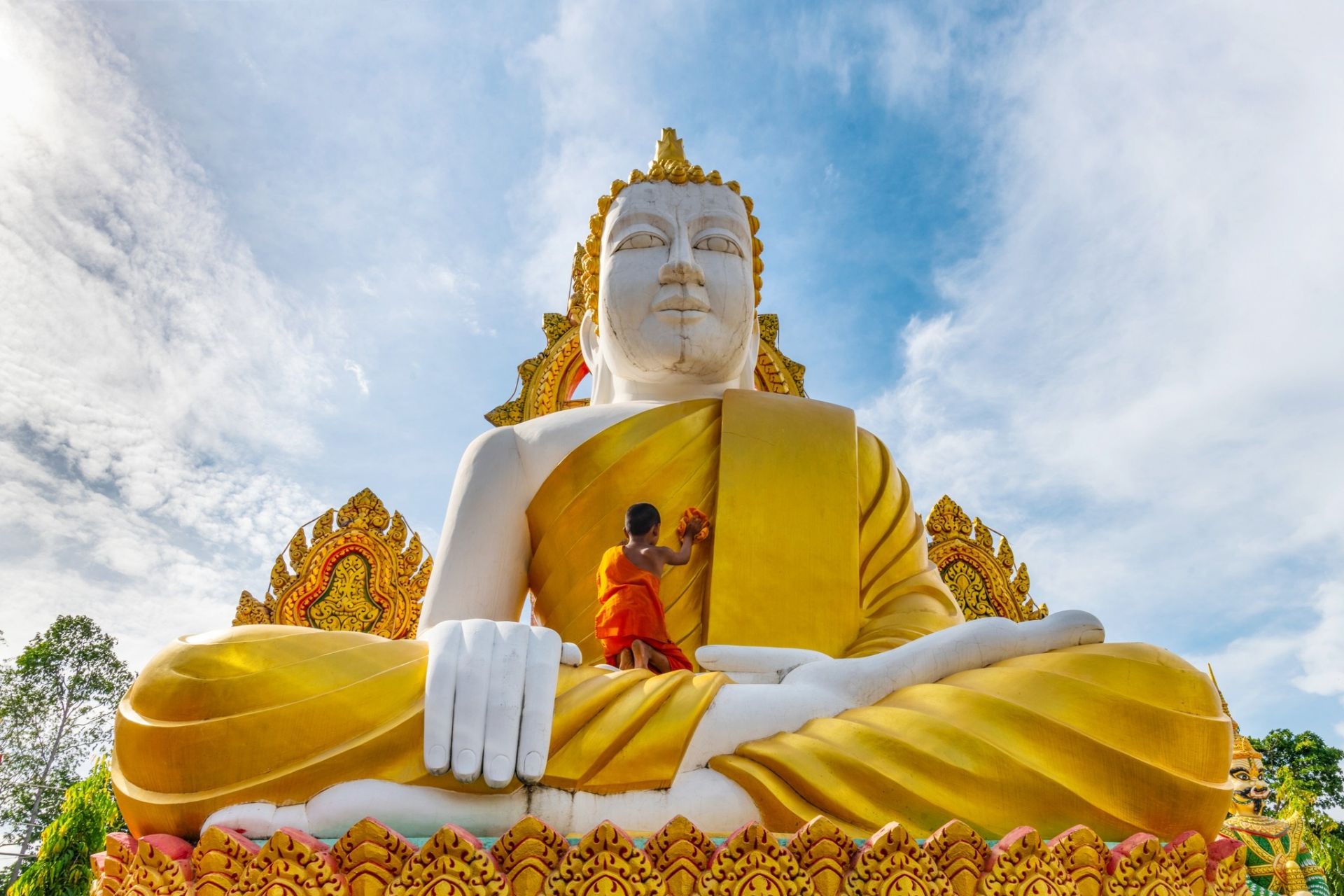
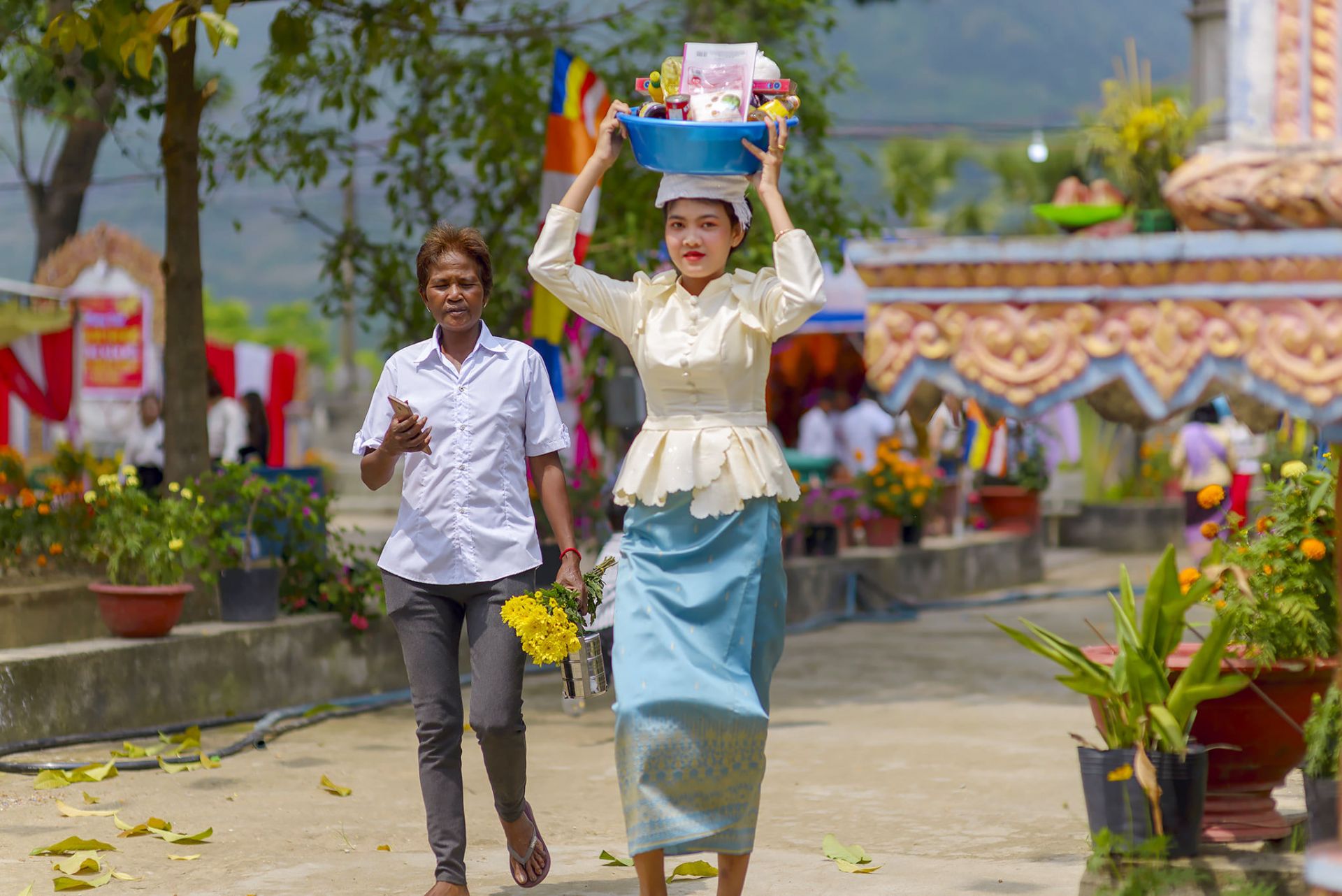
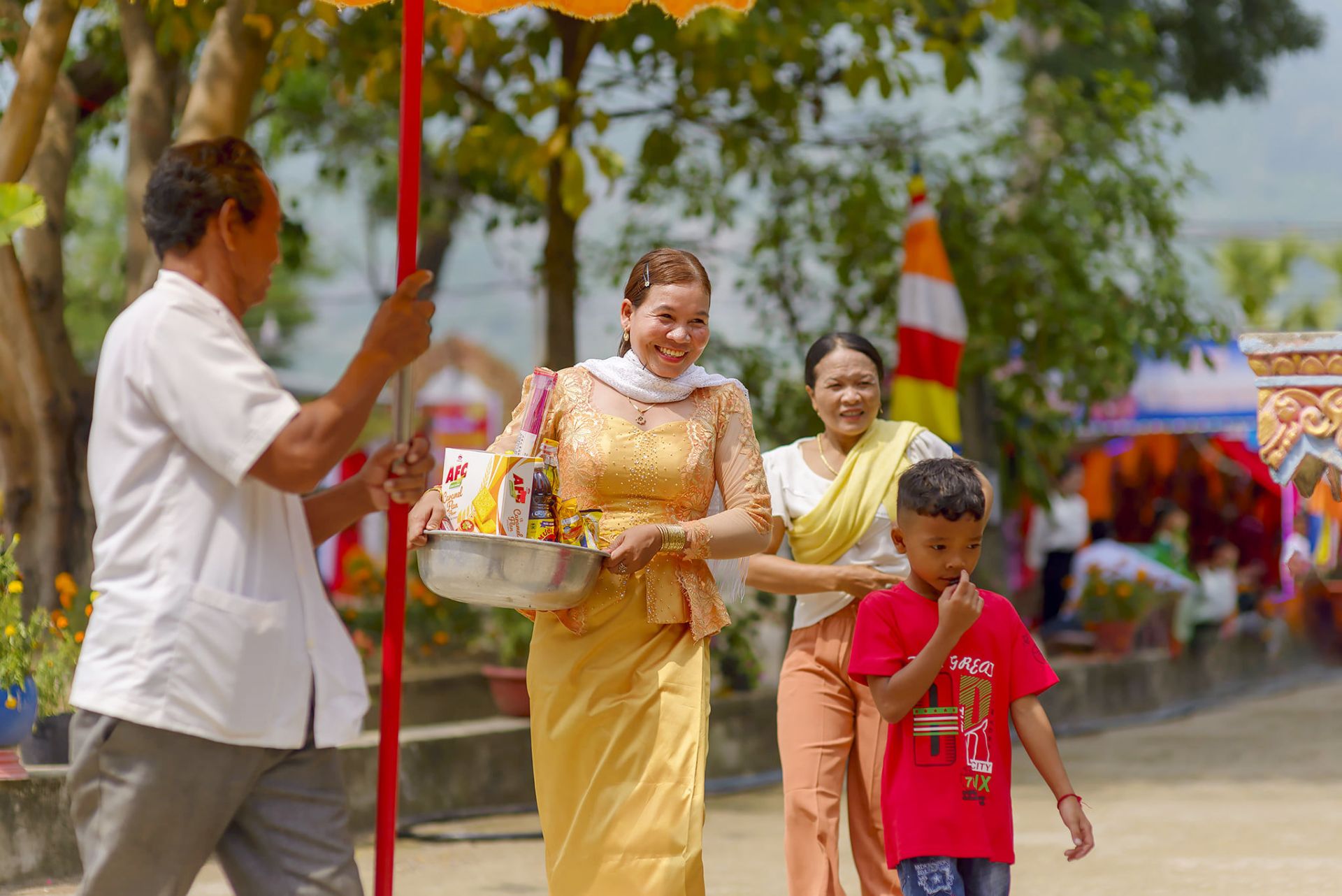
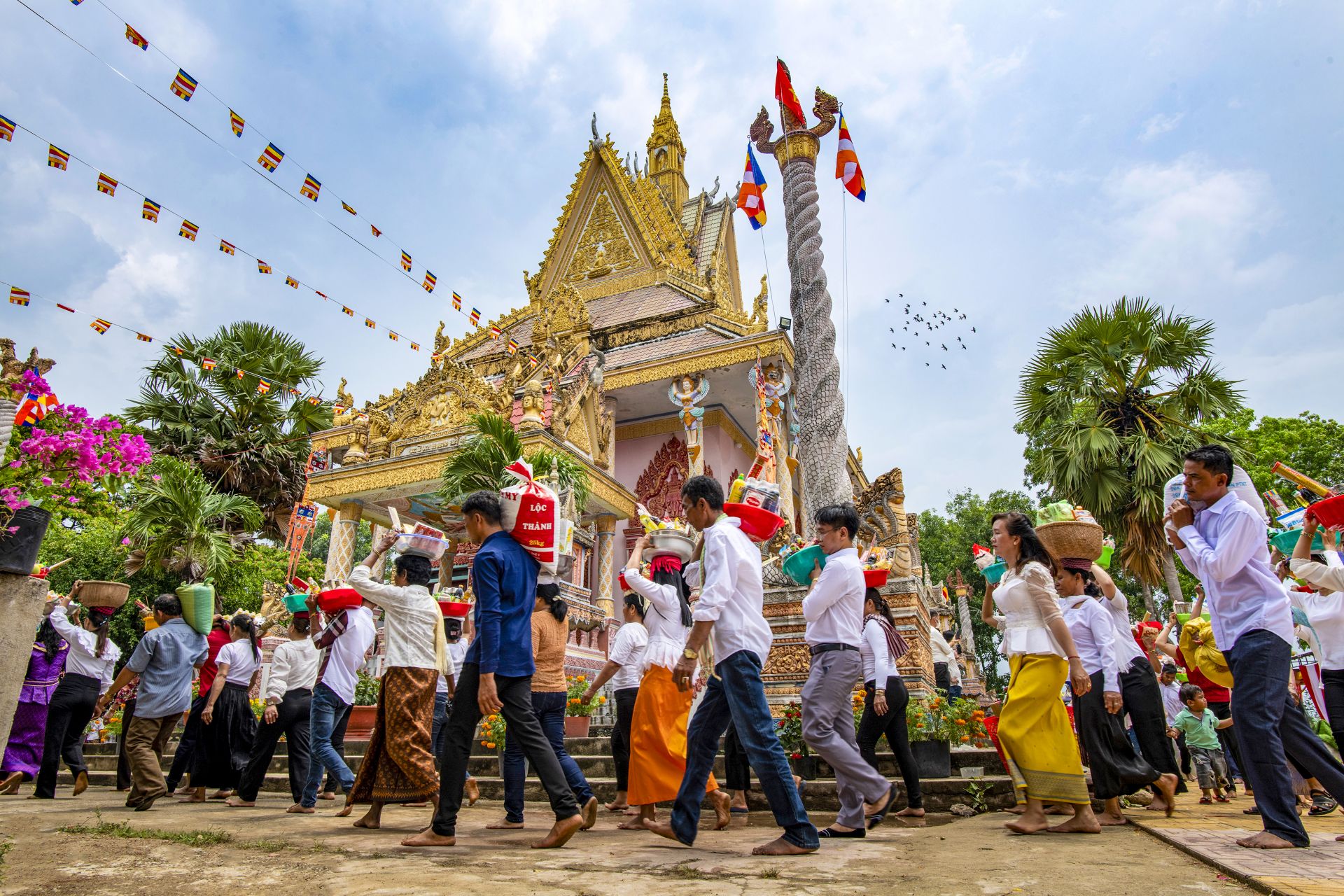
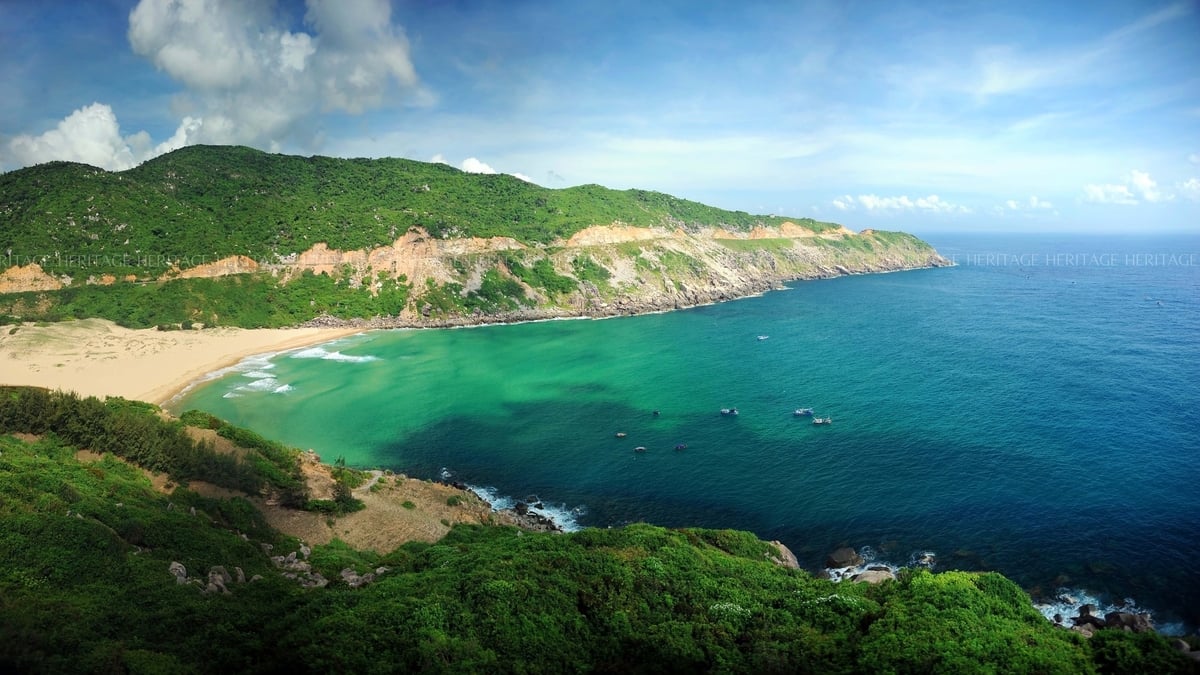
![[Photo] Prime Minister Pham Minh Chinh chairs meeting on science and technology development](https://vphoto.vietnam.vn/thumb/1200x675/vietnam/resource/IMAGE/2025/5/17/ae80dd74c384439789b12013c738a045)
![[Photo] More than 17,000 candidates participate in the 2025 SPT Competency Assessment Test of Hanoi National University of Education](https://vphoto.vietnam.vn/thumb/1200x675/vietnam/resource/IMAGE/2025/5/17/e538d9a1636c407cbb211b314e6303fd)
![[Photo] Readers line up to visit the photo exhibition and receive a special publication commemorating the 135th birthday of President Ho Chi Minh at Nhan Dan Newspaper](https://vphoto.vietnam.vn/thumb/1200x675/vietnam/resource/IMAGE/2025/5/17/85b3197fc6bd43e6a9ee4db15101005b)

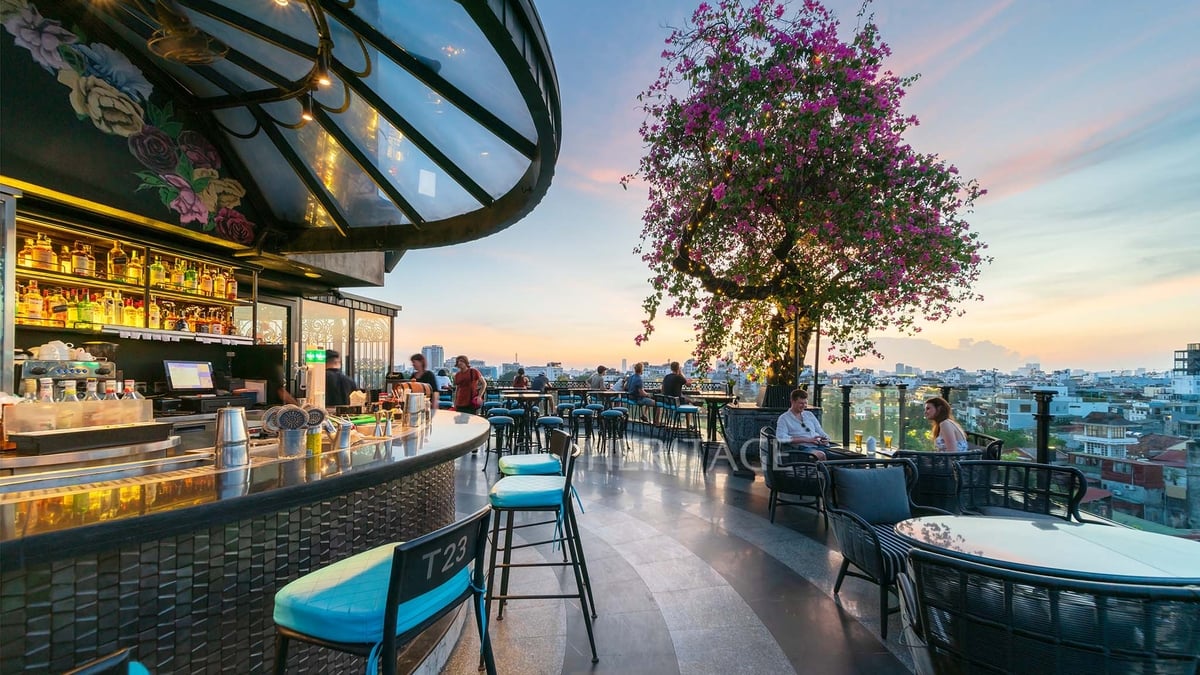
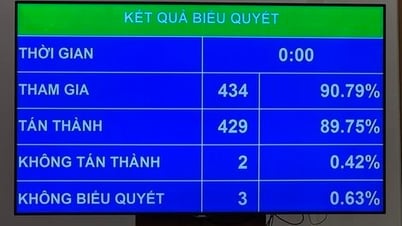
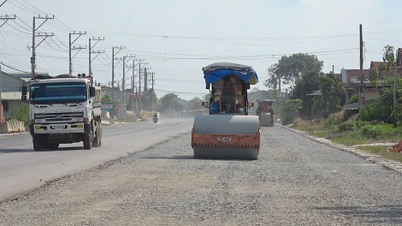
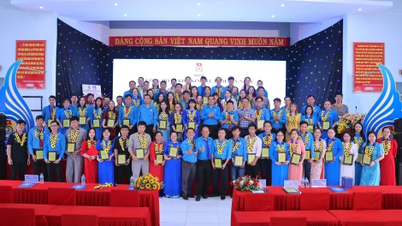
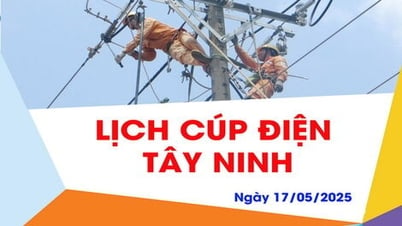
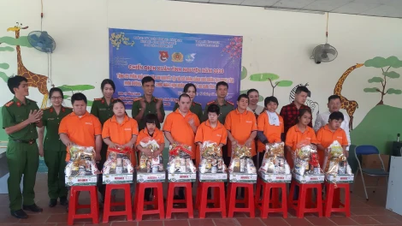
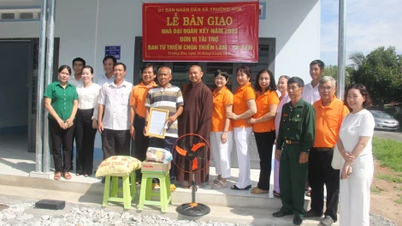





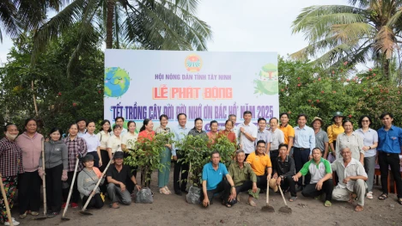
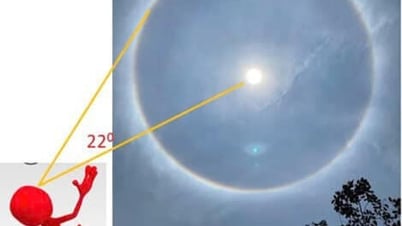
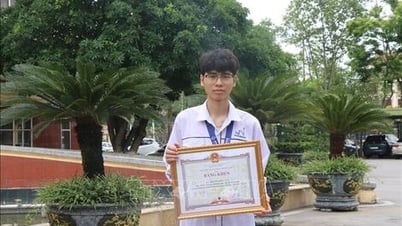
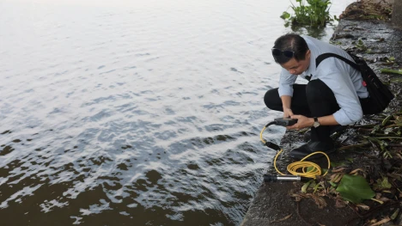
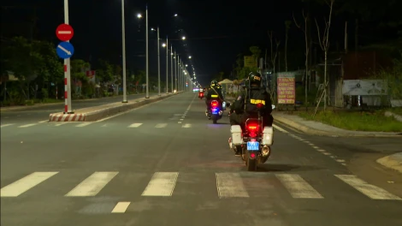
![[Photo] Nearly 3,000 students moved by stories about soldiers](https://vphoto.vietnam.vn/thumb/1200x675/vietnam/resource/IMAGE/2025/5/17/21da57c8241e42438b423eaa37215e0e)
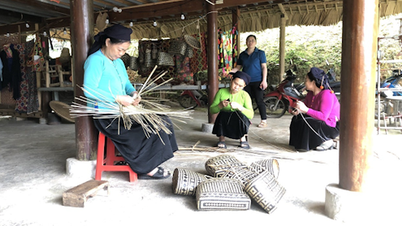

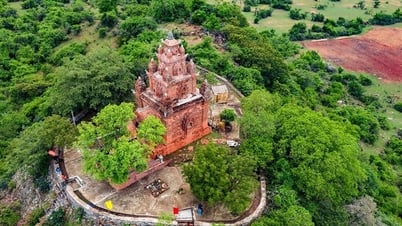

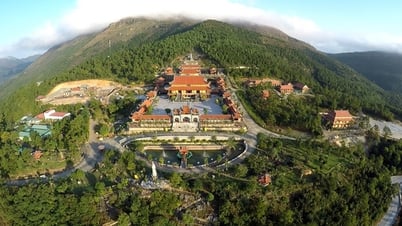



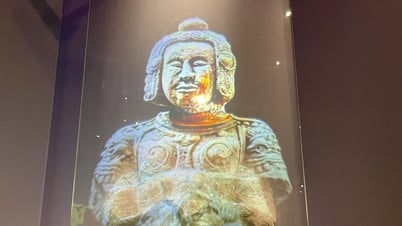



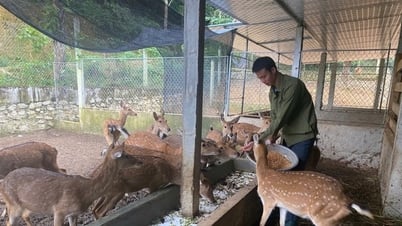



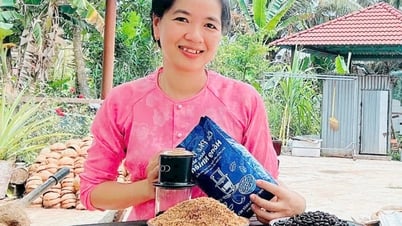

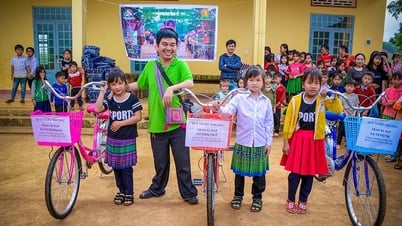




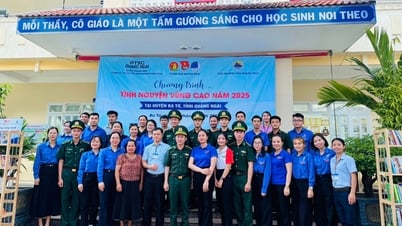

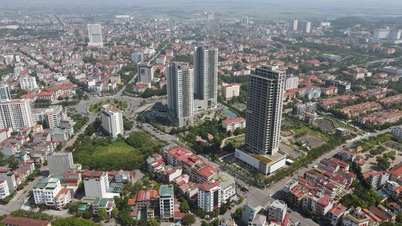






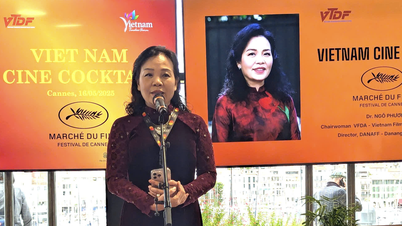

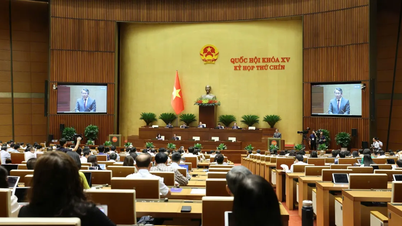

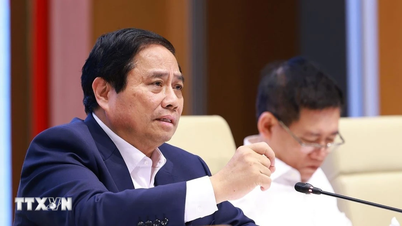



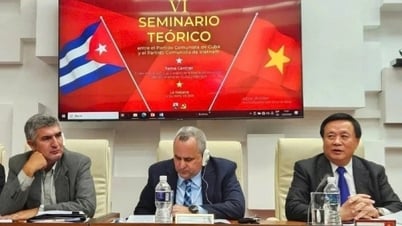

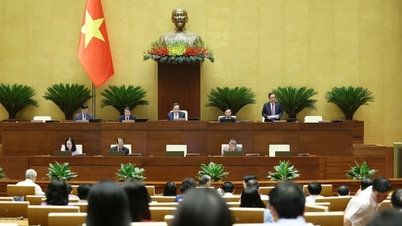
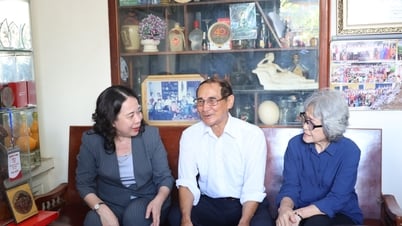

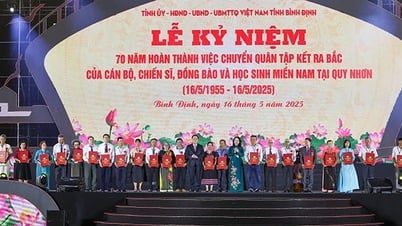
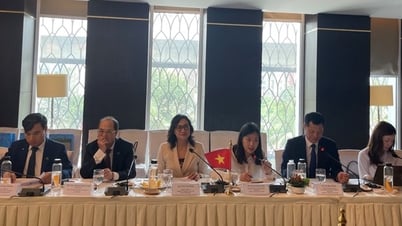

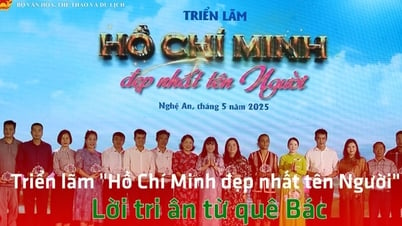




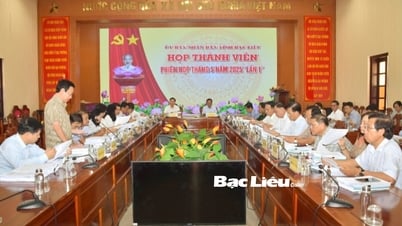
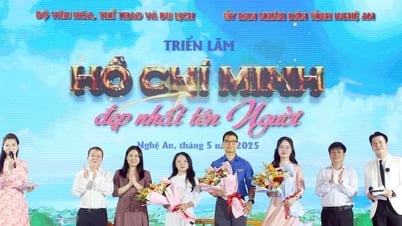





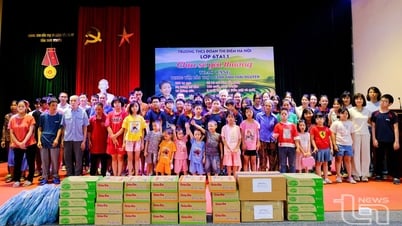











Comment (0)